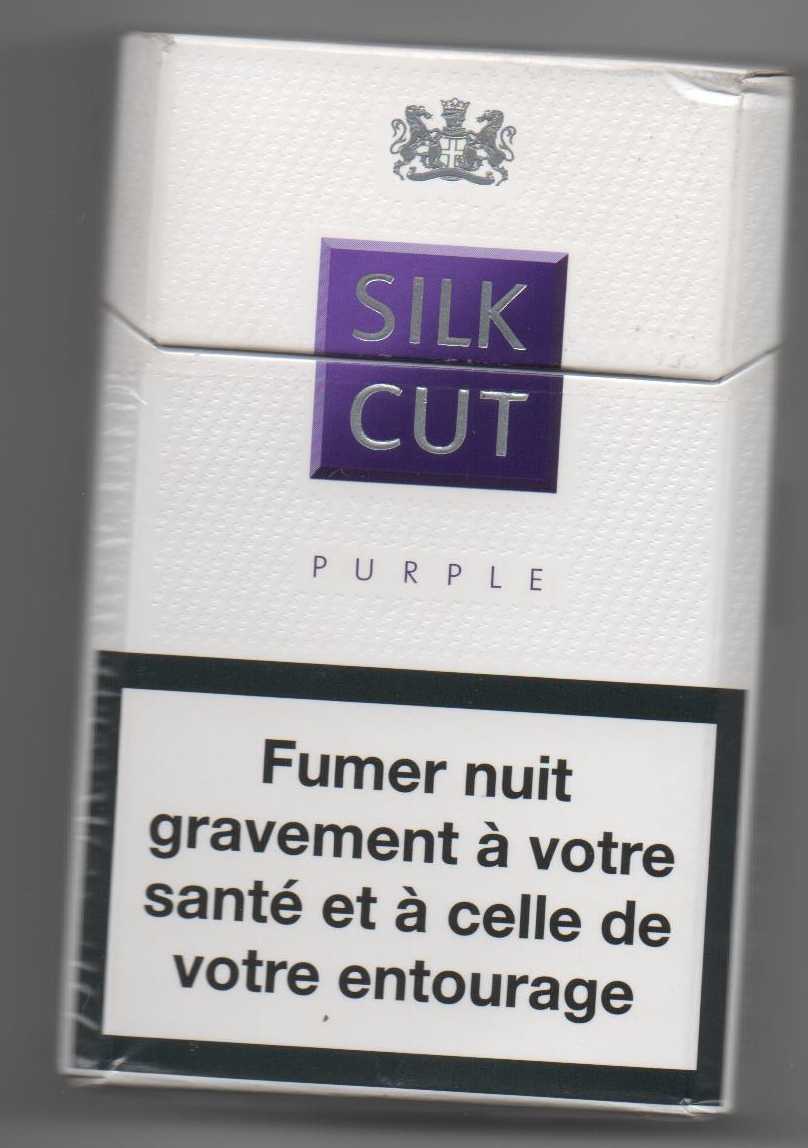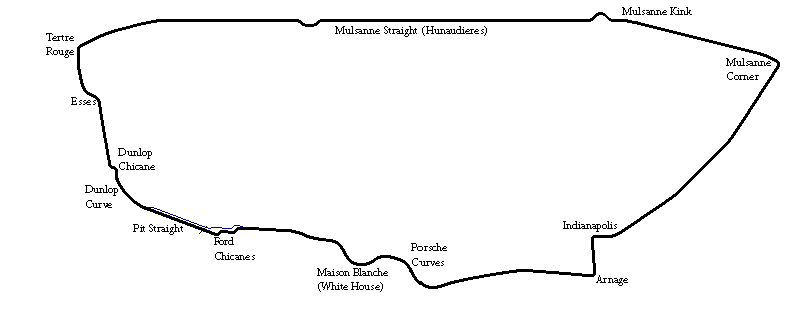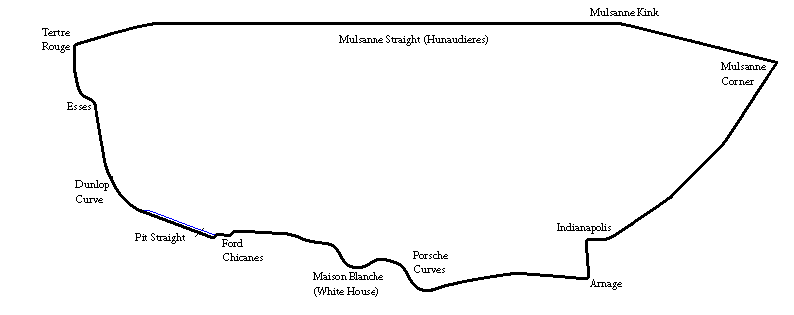|
Henri Pescarolo
Henri Jacques William Pescarolo (born 25 September 1942) is a former racing driver from France. He competed in the 24 Hours of Le Mans a record 33 times, winning on four occasions, and won a number of other major sports car events including the 24 Hours of Daytona. He also participated in 64 Formula One World Championship Grands Prix, achieving one podium and 12 championship points. Pescarolo also drove in the Dakar Rally in the 1990s, before retiring from racing at the age of 57. In 2000 he set up his eponymous racing team, Pescarolo Sport, which competed in Le Mans until 2013. He wore a distinctive green helmet, and wears a full-face beard that partially covers burns suffered in a crash. Early career and Formula One Born in Montfermeil near Paris, Pescarolo began his career in 1965 with a Lotus Seven. He was successful enough to be offered a third car in the Matra Formula 3 team for 1966, but the car was not ready until mid-season. However, in 1967 he won the European Champion ... [...More Info...] [...Related Items...] OR: [Wikipedia] [Google] [Baidu] |
Montfermeil
Montfermeil () is a commune in the eastern suburbs of Paris, France. It is located from the center of Paris. Montfermeil is famous as the location of Thénardiers' inn in ''Les Misérables''. It has made the headlines due to troubles in its social estate called "les Bosquets". Population Heraldry Points of interest * Parc Arboretum de Montfermeil * Sempin Windmill Economy Montfermeil at one time had the head office of Titus Software.Profie " . 30 June 1998. Retrieved on 4 September 2012. "310 Avenue Daniel Perdrige, 93370 Montfermeil." Transport Montfermeil is served by two stations of the Paris Métro, RER, or suburban rail network. The closest ...[...More Info...] [...Related Items...] OR: [Wikipedia] [Google] [Baidu] |
Silk Cut
Silk Cut is a British brand of cigarettes, currently owned and manufactured by Gallaher Group, a division of Japan Tobacco. The packaging is characterised by a distinctive stark white packet with the brand name in a purple, blue, red, silver, white or green square. History Silk Cut was launched in 1964. In the past, Silk Cut cigarettes contained approximately 75% tobacco, the rest of the filling being Cytrel, a cellulose-based tobacco substitute. In present-day the addition of Cytrel has been abandoned, making the cigarette additive-free. English professional rugby league football competition, the 1984–85 Challenge Cup was named the Silk Cut Challenge Cup due to sponsorship from the company. This branding would continue through the 1980s and 1990s. The brand increased in popularity around the world throughout the 1970s and 1980s as the dangers of cigarette smoking became well known and consumers switched to a lower-tar brand. At 5 mg tar, Silk Cut contained less than ... [...More Info...] [...Related Items...] OR: [Wikipedia] [Google] [Baidu] |
Racing Driver
Auto racing (also known as car racing, motor racing, or automobile racing) is a motorsport involving the racing of automobiles for competition. Auto racing has existed since the invention of the automobile. Races of various sorts were organised, with the first recorded as early as 1867. Many of the earliest events were effectively reliability trials, aimed at proving these new machines were a practical mode of transport, but soon became an important way for automobile makers to demonstrate their machines. By the 1930s, specialist racing cars had developed. There are now numerous different categories, each with different rules and regulations. History The first prearranged match race of two self-powered road vehicles over a prescribed route occurred at 4:30 A.M. on August 30, 1867, between Ashton-under-Lyne and Old Trafford, a distance of eight miles. It was won by the carriage of Isaac Watt Boulton. Internal combustion auto racing events began soon after the constructi ... [...More Info...] [...Related Items...] OR: [Wikipedia] [Google] [Baidu] |
1992 24 Hours Of Le Mans
The 1992 24 Hours of Le Mans was the 60th Grand Prix of Endurance, and took place on 20–21 June 1992. It was also the third round of the Sportscar World Championship. For this race, both C1 and FIA Cup class cars ran under the C1 category to comply with ACO rules. Despite the success of the Group C rules, the FIA introduced new '3.5L' rules for the 1991 World Sportscar Championship which meant a new type of sports-prototype. Official results Class winners in bold. Cars failing to complete 70% of the winner's distance marked as Not Classified (NC). † - #60 Team MP Racing's qualifying times were disallowed after the car was found to be underweight in post-qualifying inspection. Statistics * Pole Position - #2 Peugeot Talbot Sport - 3:21.200 * Fastest Lap - #8 Toyota Team Tom's - 3:32.295 * Distance - 4787.2 km * Average Speed - 199.34 km/h * Highest Trap Speed — Toyota TS010 - 336 km/h (race), Peugeot 905 – 351 km/h (qualifying) {{DE ... [...More Info...] [...Related Items...] OR: [Wikipedia] [Google] [Baidu] |
1976 24 Hours Of Le Mans
The 1976 24 Hours of Le Mans was the 44th Grand Prix of Endurance, and took place on 12 and 13 June 1976. This year the FIA introduced its new Group 5 and Group 6 regulations and the race was now open to nine distinct classes, although it was still not part of the World Championship seasons. Porsche introduced its new models, the 936 in Group 6, the 935 in Group 5 and the 934 in Group 4. In response, BMW had its modified 3.0 CSL in Group 5. It was the year that turbos arrived in considerable numbers, with over a dozen turbocharged entries, led by the Renault Alpine A442. It saw the arrival of French prototype manufacturers Jean Rondeau and Gérard Welter in a new GTP class and a first-time invitation to American IMSA and NASCAR entries.Clausager 1982, p.169-70 Once an initial challenge from Renault Alpine was seen off, the 936 of previous race-winners Jacky Ickx and Gijs van Lennep built a relentless, inexorable lead that was never headed. Even a 30-minute stop to repair ... [...More Info...] [...Related Items...] OR: [Wikipedia] [Google] [Baidu] |
1984 24 Hours Of Le Mans
The 1984 24 Hours of Le Mans was the 52nd Grand Prix of Endurance, and took place on 16 – 17 June 1984. It was also the third round of the 1984 World Endurance Championship. The works Rothmans Porsche team boycotted the 1984 Le Mans race due to a disagreement between Porsche and the Automobile Club de l'Ouest (ACO) over the fuel regulations, meaning that drivers such as multiple winners Jacky Ickx and Derek Bell were absent from the race for the first time in many years. Porsche originally stated that its contracted drivers would not be allowed to race with any other team, however they did relent only two or three weeks before the race. 1983 co-winner Vern Schuppan was the only member of the Rothmans team to race in 1984, eagerly snapped up by Kremer Racing to drive a Porsche 956B he would share with fellow Australian, Formula One World Champion Alan Jones, and experienced French driver Jean-Pierre Jarier. Surprisingly, Schuppan was the only regular Rothmans team dri ... [...More Info...] [...Related Items...] OR: [Wikipedia] [Google] [Baidu] |
1974 24 Hours Of Le Mans
The 1974 24 Hours of Le Mans was the 42nd Grand Prix of Endurance, and took place on 15 and 16 June 1974. It was the fifth round of the 1974 World Championship for Makes. After Alfa Romeo had won the first race of the season at Monza, it had been Matra all the way and they came to Le Mans as firm favourites for a third consecutive outright victory, especially after Alfa Romeo withdrew its cars just before raceweek. In a fairly lacklustre race, the Matra of Henri Pescarolo and Gérard Larrousse led virtually from start to finish for their second successive victory.Laban 2001, p.173-4 It was also the third in a row for Pescarolo and the Matra team. The race was enlivened on Sunday morning when the leading car was delayed for a long time by engine and gearbox troubles. But such was the lead they had built up that they were not headed. Second place, six laps back was the works-supported Martini Porsche 911 turbo of Gijs van Lennep and Herbert Müller while third went to another Matr ... [...More Info...] [...Related Items...] OR: [Wikipedia] [Google] [Baidu] |
1973 24 Hours Of Le Mans
The 1973 24 Hours of Le Mans was the 41st Grand Prix of Endurance and took place on 9 and 10 June 1973. It was the eighth round of the 1973 World Championship of Makes. The race promised to be close, with Ferrari, Matra and Porsche all having two wins in the championship along with a surprise victory for Mirage at Spa. It did indeed turn out to be one of the most tense Le Mans, with the race won in the pits as both Ferrari and Matra took turns in the lead only to be stymied by mechanical failures. All three Ferraris had time in the lead, but as mechanical issues overtook them it was the Matra of Henri Pescarolo and Gérard Larrousse, despite its own tribulations, that took the chequered flag. In the end it was a comfortable six-lap margin over the second-placed Ferrari of Merzario and Pace with the Matra of Jabouille/ Jaussaud third. There was a certain symmetry for a French car and a French team winning the fiftieth anniversary of the first 24 Hours of Le Mans. Ferrari did ... [...More Info...] [...Related Items...] OR: [Wikipedia] [Google] [Baidu] |
1972 24 Hours Of Le Mans
The 1972 24 Hours of Le Mans was a motor race staged at the Circuit de la Sarthe, Le Mans, France on 10 and 11 June 1972. It was the 40th running of the 24 Hours of Le Mans and the ninth race of the 1972 World Championship for Makes. 1972 marked the start of a new era with revised FIA regulations dictating the demise of the 5 Litre Group 5 Sports Car and the 3 Litre Group 6 Sports Prototpye categories and their replacement by a new 3 Litre Group 5 Sports Car class. There was also a significant change to the track with the construction of the new technical section subsequently named the Porsche Curves bypassing the dangerous Maison Blanche corner, which had been the site of many serious accidents in the past. Having already won the World Championship for Makes, Ferrari chose not to contest the race. Matra-Simca were strong favourites for the outright win after not running the other races to focus on its Le Mans preparation. Once the challenge from Alfa Romeo and Lola had dissip ... [...More Info...] [...Related Items...] OR: [Wikipedia] [Google] [Baidu] |
Pescarolo Sport
Pescarolo Sport was a motorsport team based in Le Mans, France and founded in February 2000 by French racing driver Henri Pescarolo and his friend and partner, French publisher François Granet. They raced in the Le Mans Series and the 24 Hours of Le Mans. In October 2007, Henri Pescarolo purchased Jacques Nicolet's Saulnier Racing and created Pescarolo Automobiles, with the racing team becoming a division of the new company. The Pescarolo Automobiles went into receivership on 15 June 2010. Following a liquidation sale, the company was resold back to Henri Pescarolo and rebranded as Pescarolo Team for the 2011 season. However, the team's financial situation did not improve, and was wound up in January 2013. Racing history Although Henri Pescarolo had been racing, and winning, at Le Mans for many decades, he had always been driving for other teams. From 1994 to 1998, Pescarolo had been driving for the Courage Compétition squad with some success, but decided in 1999 that he ... [...More Info...] [...Related Items...] OR: [Wikipedia] [Google] [Baidu] |
Elf Aquitaine
Elf Aquitaine is a French brand of oils and other motor products (such as brake fluids) for automobiles and trucks. Elf is a former petroleum company which merged with TotalFina to form "TotalFinaElf". The new company changed its name to Total in 2003 and TotalEnergies in 2021. Elf has been as a major brand of TotalEnergies since then. History Founding and mergers (1965-1993) Elf Aquitaine's heritage is rooted among three French oil companies: Régie Autonome des Pétroles (RAP), Société Nationale des Pétroles d'Aquitaine (SNPA), and Bureau de Recherches de Pétroles (BRP). These companies were formed to exploit the discovery of a gas field in Saint-Marcet in the Aquitaine region of south-western France. In December 1965, RAP and BRP were merged to form Entreprise de Recherches et d'Activités Pétrolières (ERAP). ERAP had SNPA, Union Générale des Pétroles (UGP), and Union Industrielle des Pétroles (UIP) as subsidiaries. The resulting company achieved vertical integra ... [...More Info...] [...Related Items...] OR: [Wikipedia] [Google] [Baidu] |
La Filière
The FFSA Academy (formerly known as La Filière, Volant Elf and Auto Sport Academy) was created in 1993 by Elf Aquitaine to promote French drivers at the highest level, in line with its marketing approach and its commitment to Renault in F1. It is located at: Technoparc des 24 Heures, Chemin aux Boeufs, 72100 Le Mans, France. History A variety of driving schools and motorsport talent searches operated across France throughout the 1970s and 1980s, and were all eventually merged to create the Auto Sport Academy in 1993. It was taken over in April 2001 by the FFSA (Fédération Française du Sport Automobile), becoming one of its subsidiaries. Its main objective is to train young drivers and promote the best to give them access to a professional career; 40 to 50 drivers are trained every year in its two main disciplines, competition karting (Formula Kart) and single-seater racing (Formula Campus Renault Elf). Its unique feature is that its concept includes the only motorsport "Pole ... [...More Info...] [...Related Items...] OR: [Wikipedia] [Google] [Baidu] |


_1st.jpg)




.jpg)

